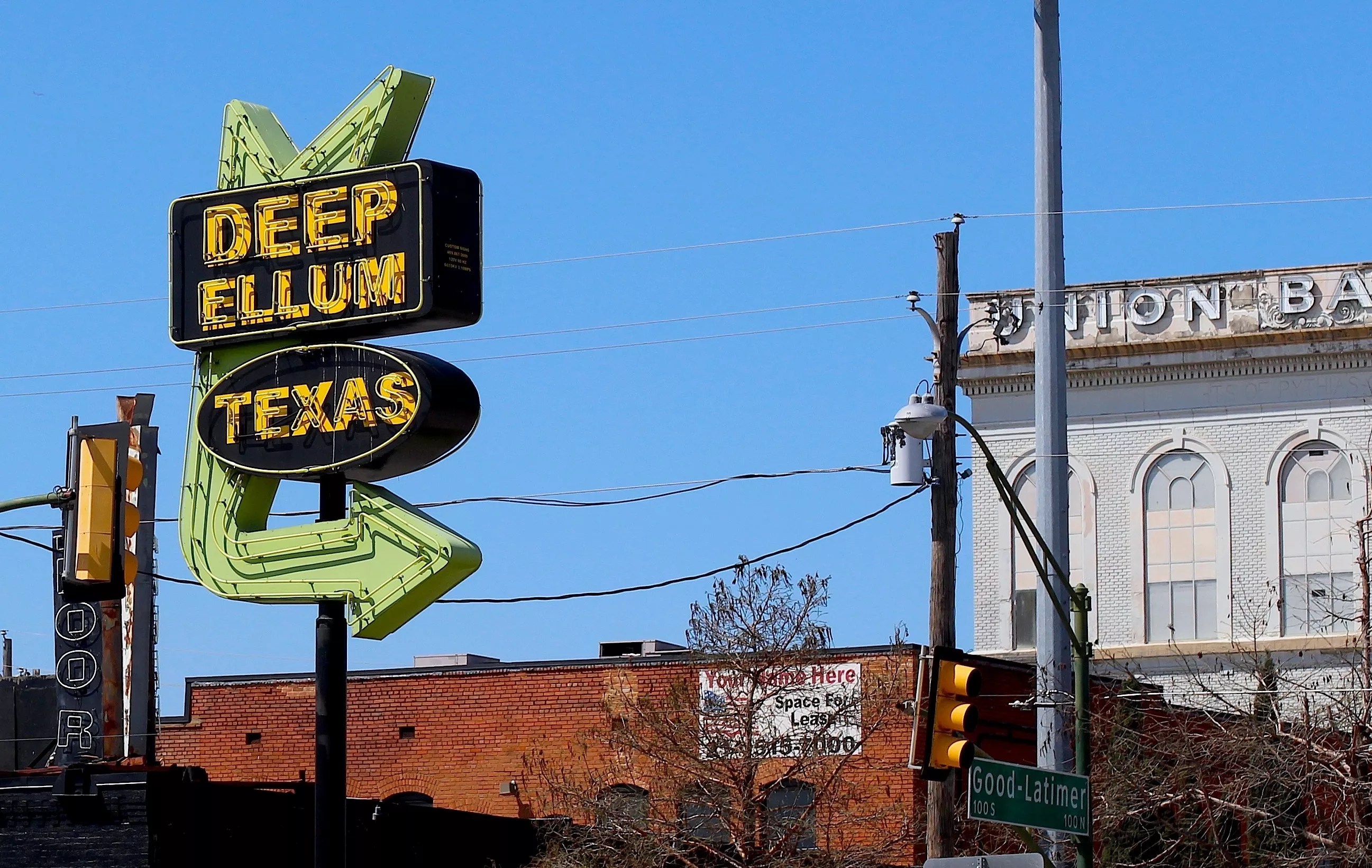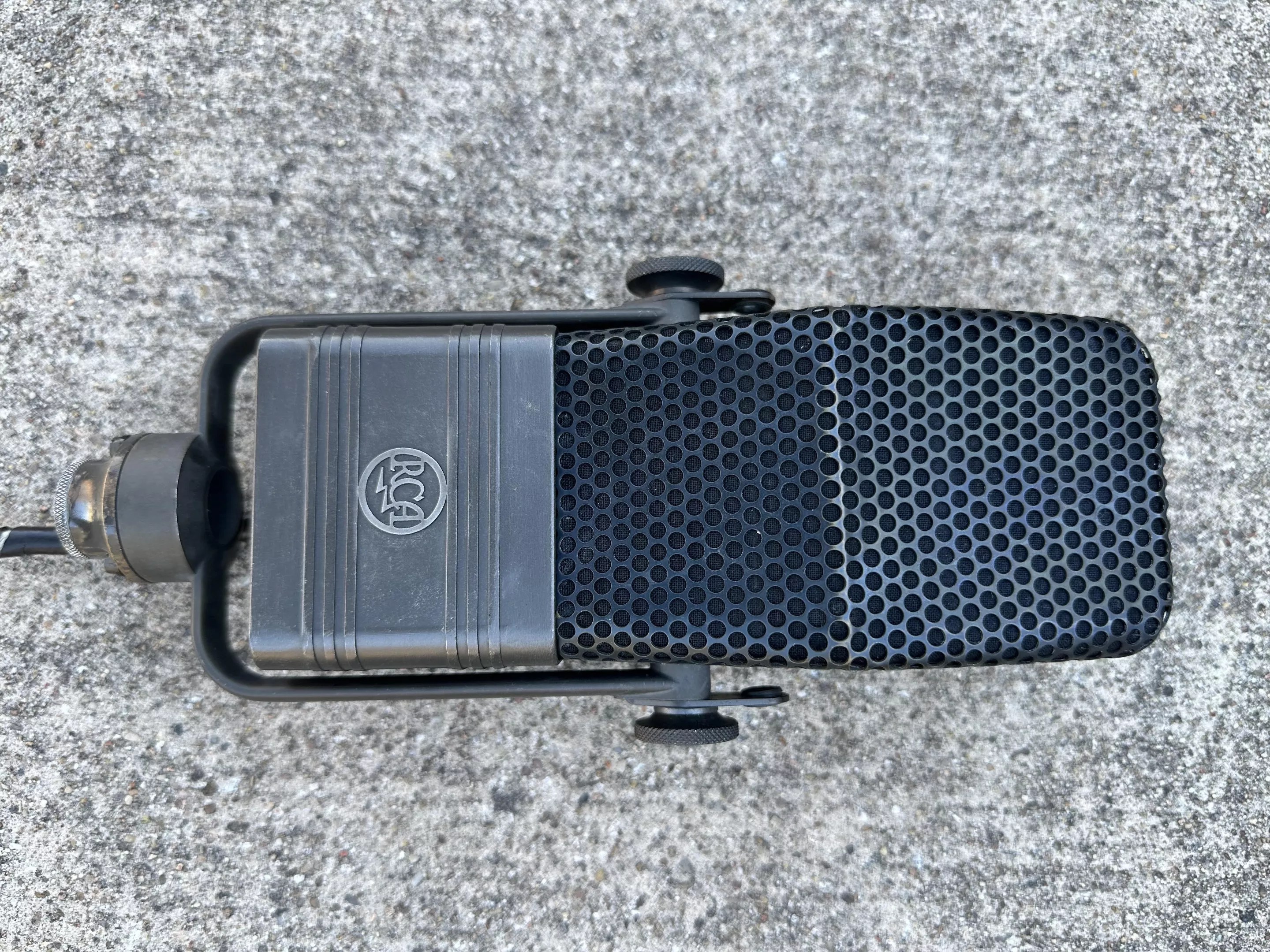
BrittyGriffy/Wikimedia Commons

Audio By Carbonatix
Deep Ellum is entering its 150th year, and the occasion calls for a new recording facility. A new studio making its way to the musical neighborhood will let artists record songs the old-fashioned away.
The Deep Ellum Community Center – under construction by the Deep Ellum Foundation in honor of the neighborhood’s historic milestone – will house an authentic 1930s recording studio that will allow visiting artists to record and press albums on black lacquer vinyl. The recordings and other releases will be part of a new label called Deep Analog Records.
Stephanie Hudiburg, the executive director of the Deep Ellum Foundation, says the historic collection and recording studio will be a “keystone” for the new facility.
“For us at the Foundation, we’re focusing on preservation and cultural initiatives,” Hudiburg says. “We want people to come down to that new restaurant or [those who] wanted to check out a show but also want to tap into something that we’ve always loved and check out a historic marker or a famous spot that could be as recent of a spot like something with Erykah Badu or the Knights of Pythias Temple [building].”
This year, make your gift count –
Invest in local news that matters.
Our work is funded by readers like you who make voluntary gifts because they value our work and want to see it continue. Make a contribution today to help us reach our $30,000 goal!
Deep Ellum historian and author Alan Govenar has long chronicled the neighborhood’s history and influence in books, films and stage productions. Governar, who is president of the nonprofit Documentary Arts, is assisting in the construction of a working recording studio with authentic 1930s equipment, including the era’s microphones and the old “78” records for which they were used.
Govenar says he’s working with expert sound engineer Nick Bergh of Endpoint Audio Labs in Burbank, California, to renovate analog audio equipment such as a ribbon microphone and a recorder that can carve grooves into the black lacquer records.

Some visitors to the new Deep Ellum Community Center will be invited to sing into an authentic, working RCA microphone to record tracks on black lacquer records.
Courtesy of Documentary Arts
The project will show visitors how legendary Deep Ellum musicians such as blues singer Blind Lemon Jefferson recorded in the 1920s. It’s also an open invitation for visiting musicians to record their own music on vinyl and digital formats.
“When it’s done, the idea is that we’ll play the disc and record it so you’ll get to hear it being played for the first time,” Govenar says. “It’ll probably be the only time because the material degrades so quickly.”
The studio, which was designed by Govenar and Bergh with the Deep Ellum Foundation, isn’t the kind of enclosed space that you usually see in modern recording studios. The recording rooms of the 1930s were more bare-bones and mobile, so that singers could be recorded in places like hotel rooms or small spaces.
Robert Johnson and Bob Wills famously recorded in Dallas’ 508 Park building by hanging cheap building materials on walls and windows to encase the sounds.
“At 508, there’s evidence that there was a small room and one of the materials used was beaver board or what we call particle board,” Govenar says. “They also used burlap because burlap was good and relatively inexpensive.”
One of the biggest challenges to recreating a historic music studio is finding enough old records on which to record to complete the experience. The Apollo Masters Corporation of Benning, California, was the last place in America that made black lacquer discs used to press vinyl records. And it burned down in 2020.
“It’s flammable,” Govenar says of the vinyl. “You have to do this very carefully. Obviously, the industry knew how to do it at the time. It’s like nitrate film, which was very flammable as well.”
Govenar says the Community Center has been able to locate approximately 25-50 lacquer discs.
“We have enough to get started,” he says. “Part of this is an educational experience. It’s amazing to watch a record being cut.”
The new old studio is a key part of the Community Center’s overall mission to encourage artists of all genres and levels of experience to contribute their individual sounds to shape the heart and soul of the entire city and its inhabitants for years to come.
“It’s a community and place where creatives have come for over 100 years to take risks and make their own space,” Hudiburg says. “There’s so many people who just want to be part of the neighborhood because they feel like they can be themselves.”